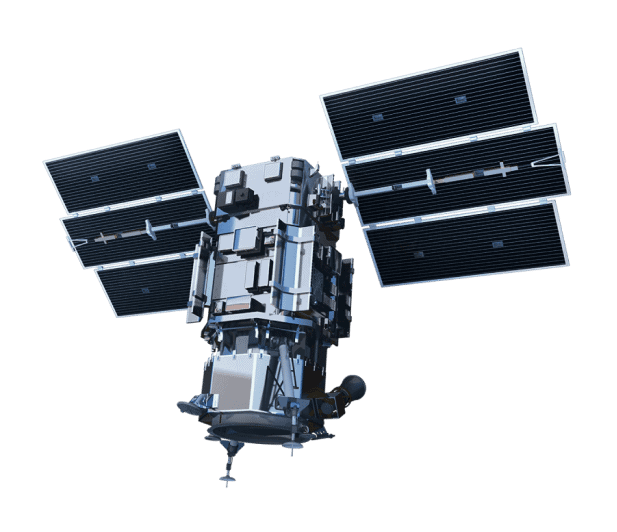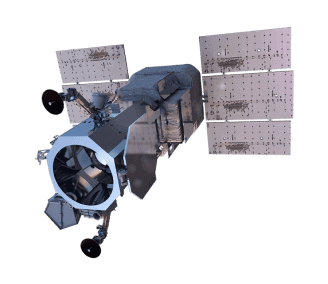
SkySat
Planet’s SkySat constellation is an innovative earth observation solution consisting of 21 state-of-the-art satellites. Each satellite is equipped with high-resolution 50cm imaging capabilities, delivering unparalleled detail and coverage. This cutting-edge technology allows for frequent intra-day revisits and rapid data collection, ensuring that SkySat delivers the most up-to-date and accurate information.
SkySat’s 50cm resolution provides incredibly detailed imagery, making it ideal for a wide range of applications, including agriculture, forestry, coastal monitoring, environmental monitoring, and crisis response. The frequent revisits offered by SkySat enable near-real-time monitoring and analysis, allowing customers to make informed decisions based on the latest data available.
With its innovative technology and unparalleled detail, Planet’s SkySat constellation is the ideal solution for organizations and governments looking for reliable and accurate earth observation data. Whether you’re looking to monitor crops, track changes in forestry, monitor coastal areas, or respond to natural disasters, SkySat provides the information you need, when you need it.
Rapid revisit
High resolution
Rapid delivery
Excels at monitoring

SkySat Specs

Launch Information
C generation launched 2016-2020
Orbit
450 – 580 km (~98° inclination)
Spacecraft Size, Mass and Power
Mass: 110 kg
Dimensions: 60 x 60 x 95 cm
Sensor Bands
Blue: 450 – 515 nm
Green: 515 – 595 nm
Red: 605 – 695 nm
NIR: 740 – 900 nm
Dynamic Range
16-bits per pixel
Swath Width
5.5 – 5.9km
Pointing Accuracy & Knowledge
Sensor-related effects are corrected using sensor telemetry and a sensor model. Spacecraft-related effects are corrected using attitude telemetry and best available ephemeris data. Orthorectified using GCPs and fine DEMs (30 m to 90 m posting) to <10 m RMSE positional accuracy
Retargeting Agility
Onboard Storage
360 GB + 360 GB cold spare storage
Revisit Frequency
(at 40°N Latitude)
4 – 5 days *Reference altitude 500 km
Geolocation
Accuracy (CE90)
<10m RMSE
Capacity
400,000 km²/day
Unsure if
SkySat is right
for your project?
You shouldn’t have to be an expert in high-resolution satellite imagery to find what you need.
Our team is dedicated to making the process easy for you. All you have to do is tell us the problem. We find the answers from a vendor-agnostic perspective and present you with clear, simple solutions.
Tell us the problem
Explain the situation to us on your terms. We’ll translate it into the world of Satellite Imagery.
Review Your Options
Be presented with a simple choice of the top 2-3 imagery solutions for your project.
Make confident decisions
Know you have the right data in hand to make the critical decisions that keep your project moving forward.
Other Satellites
When we need high-resolution satellite imagery, we trust Pacgeo for their quality imagery and reliable turnaround times.
David Bluestone
Vice President of Exploration, Bluestone Resources
Ordering high-res satellite imagery through a partner agency order desk was always painful and fraught with multiple issues. Dealing directly with Pacgeo allows me to bypass the aforementioned issues, while getting quick and reliable access to the data I need.
Government Employee
Government of Canada




